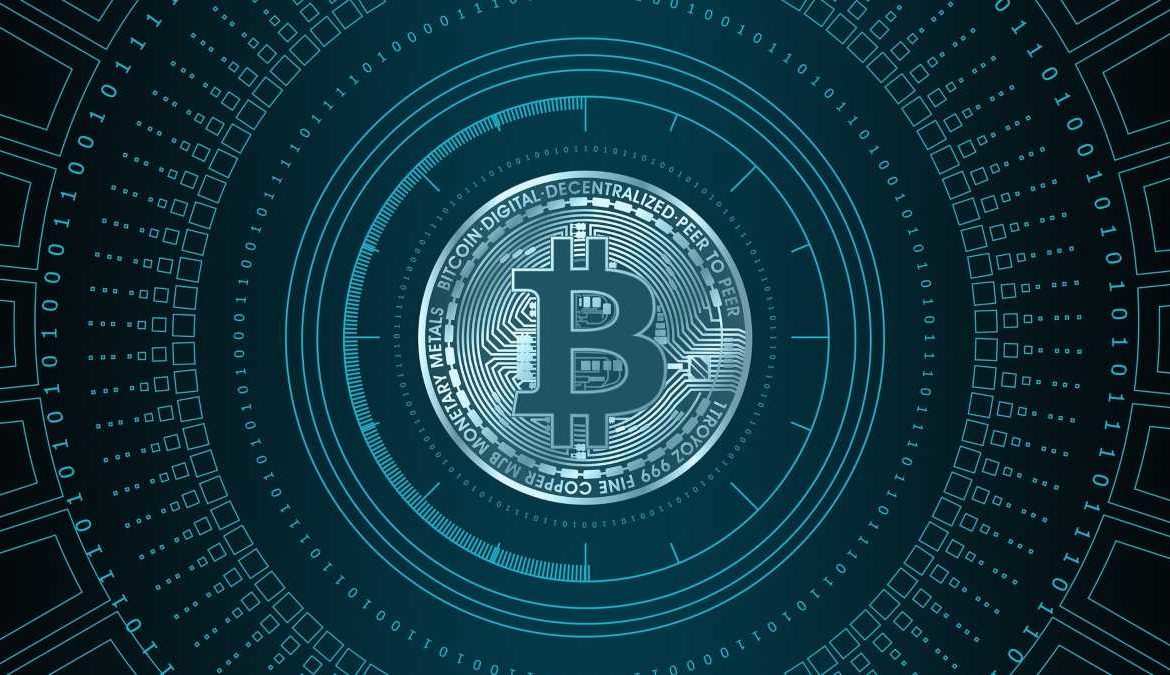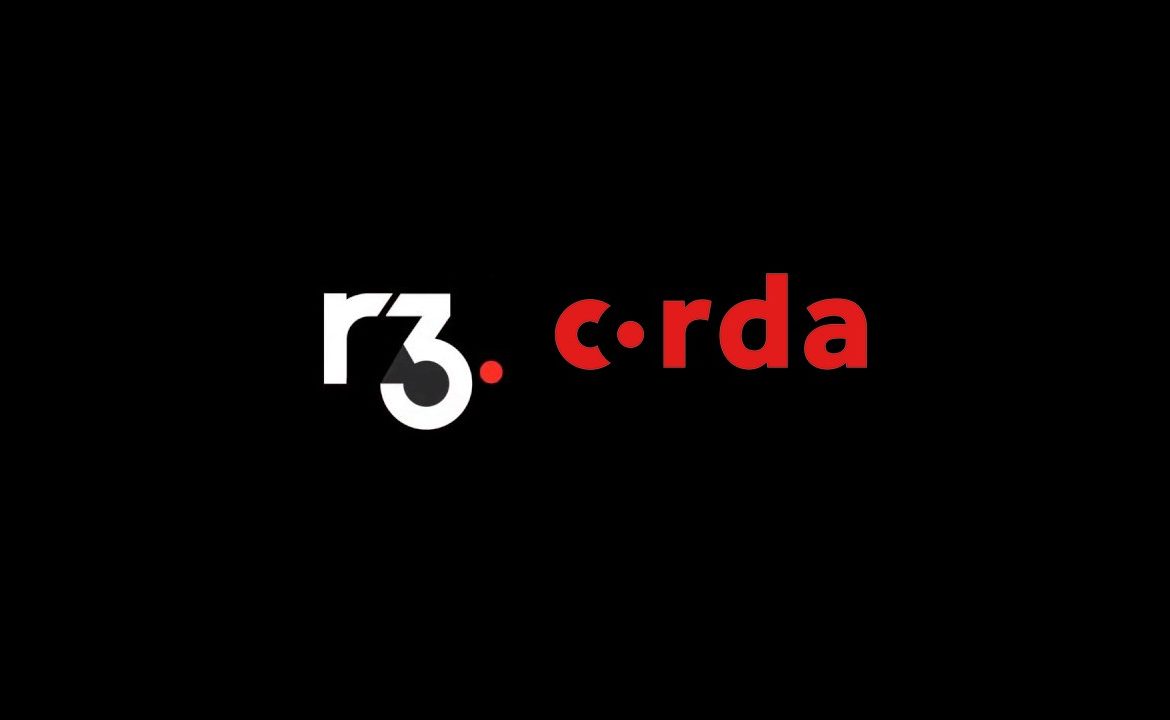Bitcoin was the very first blockchain technology, and Satoshi Nakamoto officially mentioned Bitcoin in a nine-page white paper titled “Bitcoin: A Peer-to-Peer Electronic Cash System” in 2008. Bitcoin describes itself as a “digital representation of value that can be digitally traded and serves as a medium of exchange, a unit of account, and a store of value” in its whitepaper. So, in this article you will get to know all about What is Bitcoin and How does Bitcoin work?
Difference between Bitcoin, bitcoin, and Blockchain
People get confused with these terms.
Bitcoin
It is a piece of software. We can say it is a software protocol where the communication is happening.
bitcoin
It is a digital cryptocurrency used for transactions.
Blockchain
It is an underlying technology that is used to build bitcoin. Same as the internet which is built for running your emails or other applications.
How is bitcoin different from fiat currency?
Legal tender is defined as fiat money. Central jurisdictions, like as banks and government entities, issue and distribute it. Virtual currencies, on the other hand, such as bitcoin, do not have legal tender status in any state.
It is neither issued nor insured by any authority, and it only performs the above duties as a result of an agreement between the virtual currency’s users. Bitcoin was created to allow internet payments to be sent directly from one party to another without the use of financial institutions such as banks or the government.
Bitcoin is a digital currency that cannot be produced and has no physical form, such as coins or banknotes.
Applications of bitcoin
- Bitcoins are being used to exchange products and services in place of a variety of assets. Bitcoins, for example, are used to make online purchases. Users can use bitcoin wallet apps on their cell phones to make bitcoin payments.
- As bitcoins are not linked to any country or governed by any government, international transfers are simple and inexpensive. Bitcoins are often utilized as an investment, with the expectation that their value will skyrocket in the future.
- On websites such as SatoshiDice, RoyalBitcoin, Bitzino, Peerbet, and others, bitcoins can be used to gamble.
- Bitcoin transactions offer a customizable amount of secrecy, and their trail is relatively tough to follow. As a result, bitcoins are being utilized to conduct anonymous transactions.
Components of Bitcoin Network
Four components are concocted to make Bitcoin.
-
Software
-
Cryptography
-
Hardware
-
Miners
We’ve been reading Bitcoin as a computer programme. At its software, the programme uses encryption to control both the transfer of bitcoin between parties and the generation of new bitcoin units. Bitcoin would not be conceivable without cryptography. So now we have the software to regulate bitcoin transfers over the internet using cryptography.
The practise and study of mechanisms for secure communication in the face of adversarial conduct is known as cryptography.
Bitcoin, like every other software application, requires hardware to run. The Bitcoin network is made up of thousands of computers called nodes that operate all around the world.
Each transaction is a public entry in the Bitcoin blockchain, which necessitates active engagement on the part of these nodes. They are divided into categories based on their functionality, such as miners, routers, and full nodes.
- Full Node: A full node keeps the network’s most recent complete blockchain. It is capable of independently and authoritatively verifying every transaction without the need for external assistance.
- Lightweight Node: Nodes that are lightweight do not store a copy of the entire blockchain. Instead, they’ll save only the block’s header information. As a result, storage space is saved.
- Miner Node: A miner node, which typically has significant hardware capabilities, participates in the blockchain network’s mining process by employing the appropriate consensus method. Validating transactions and creating new blocks are their responsibilities.
- Router Node: A router node in blockchain serves the same purpose as a node in any other network. It serves as a conduit for requests to be routed to the right device for transaction processing.
Miner nodes play a significant part among the nodes listed. They are in charge of validating transactions and creating new blocks in the Bitcoin network, as previously stated. They accomplish it by solving a cryptographic riddle that is computationally difficult.
When the miners complete this riddle, they are rewarded. As a result, miners are paid for their efforts and are encouraged to use the network to run their mining computers. Miners are compensated for their efforts, similar to how gold miners are compensated with gold.
Working of Bitcoin Network
Bitcoin’s total quantity is capped at 21 million. This limit was put in place to make bitcoin anti-inflationary. As miners construct fresh blocks, new bitcoins enter circulation. No new bitcoins will be created once the 21 million limit has been reached.
The transaction fees connected with each transaction will be paid to the miners. The payoff for a blockchain miner was initially 50 bitcoins, however this incentive is halved every four years. The current reward for producing new blocks is 6.25 bitcoins. The network is the one who gives out this prize.
A bitcoin transaction occurs when bitcoin is transferred from one address to another. The sender must sign a legitimate transaction for it to be valid. This transaction is subsequently forwarded to the network, where it is verified by each mining node. The miners then create a block by combining all of the transactions they’ve received. Each miner’s block will contain a variety of transactions.
A block on the Bitcoin blockchain can only be 1 MB in size. As a result, until the limit is met, each miner will include transactions. In the following block, the remaining and new transactions will be added. Once the block has been created, the miners compete to solve the problem.
A miner will publish a block to other nodes after they have found a solution. The block will be verified by other nodes in the network and uploaded to their copy of the blockchain. As a result, every node in the network will have the identical blockchain copy.
Must Read : All About Blockchain Technology





